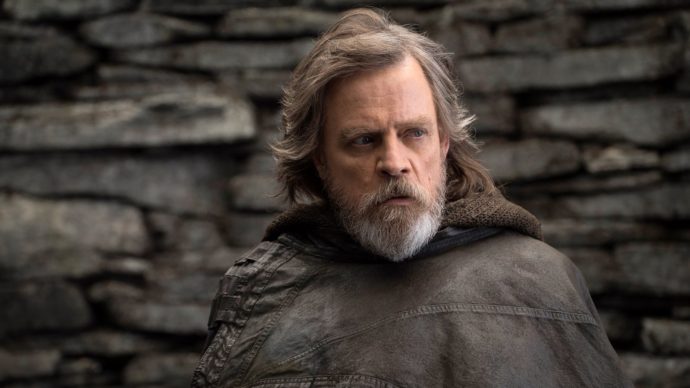The Last Jedi has proven to be a controversial movie on a number of levels. Among Star Wars fans it is a point of division and departs from particular theories that have been debated over and over again. What’s interesting is how much of the philosophical underpinnings of The Last Jedi resonate with a similar historical event that radically changed the world and departed from theories that were fiercely debated over for centuries.
[featured-image single_newwindow=”false”]
The movie, whether it was intended or not, offers a striking parallel to what happened over 2,000 years ago in the backwater town of Bethlehem. There, in a quiet manager scene, a little boy was born who would open the floodgates of something new that the world had never seen before.
Ancient Line of Priests
Before the coming of Jesus Christ on that first Christmas morning, the Jewish people stood by an ancient priestly tradition. It began with the tribe of Levi, who were set apart for liturgical service. In every generation after it was only the tribe of Levi who could become priests. In other words, it was only a specific group of men who could become priests and it all depended on who the man’s parents were.
Additionally, the ancient Hebrew people believed that they were the “Chosen People,” set apart by God. One typically had to be born a Jew to be part of the Chosen People and the rest of the world was outside of this divine selection.
Salvation for All
Yet, prophets foretold of a time when this rule would pass away. As the Catechism states, “Through the prophets, God forms his people in the hope of salvation, in the expectation of a new and everlasting Covenant intended for all, to be written on their hearts. The prophets proclaim a radical redemption of the People of God, purification from all their infidelities, a salvation which will include all the nations. Above all, the poor and humble of the Lord will bear this hope.”
This is why the “Good News” of the Gospel was such a revolution. Jesus ministered not only to the Jewish people, but also to Gentiles. This was a major shift in thought and the early Church were amazed at this opening up of the gates. In the Acts of the Apostles we see this plainly, “And the believers from among the circumcised who came with Peter were amazed, because the gift of the Holy Spirit had been poured out even on the Gentiles” (Acts 10:45).
The early Christians later taught how even the priesthood was to be widened to include a larger number of people. While there was still to be an ordained clergy set apart for God’s service, a common priesthood of the faithful was inaugurated through baptism. As the Catechism states, “The baptized have become ‘living stones’ to be ‘built into a spiritual house, to be a holy priesthood.’By Baptism they share in the priesthood of Christ, in his prophetic and royal mission. They are ‘a chosen race, a royal priesthood, a holy nation, God’s own people, that [they] may declare the wonderful deeds of him who called [them] out of darkness into his marvelous light.’ Baptism gives a share in the common priesthood of all believers.”
The “New Testament” of The Last Jedi
In a similar way, The Last Jedi inaugurates a sort of “New Testament” in its mythology. The Jedi, instead of being reserved to a small amount of people who are “force sensitive” or who come from a specific line of Jedi, is now open to anyone, even someone as humble and poor as Rey. The Force is now accessible to anyone with the eyes to see it.
It is a radical notion in the Star Wars saga, one that has ruffled many people’s feathers. Yet, it gets at the core of who we are as human beings and corresponds to the reality of the Christian story.
One could say that The Last Jedi ushers in an era of “Gentile Jedi” (a term my wife came up with).
Rian Johnson initiates a fascinating new chapter in the Star Wars saga, one that has opened the floodgates to a new generation of Jedi from all corners of the galaxy. Hope is born, in the most unlikeliest of places.

